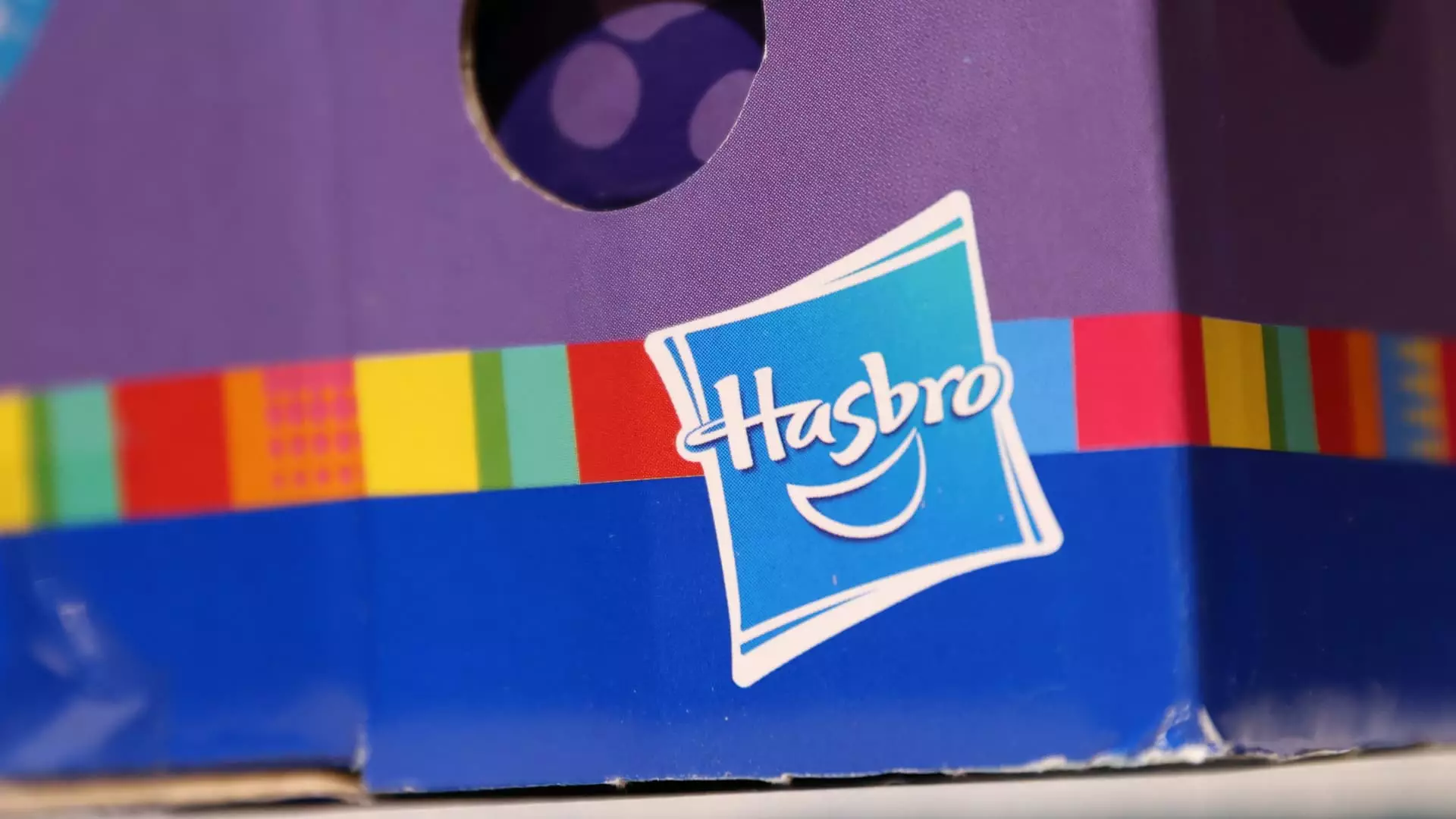In the rapidly evolving landscape of the toy and gaming industry, market dynamics are heavily influenced by external factors such as tariffs and global supply chains. In its latest reporting, Hasbro, one of the most prominent players in this sector, displayed strategic optimism despite challenges posed by Chinese tariffs and shifting consumer preferences. This article examines the company’s recent performance, insights from its leadership, and the broader implications of its strategic decisions moving forward.
During the fourth-quarter earnings call, Hasbro’s Chief Financial Officer, Gina Goetter, painted a cautiously optimistic picture regarding the company’s future amidst increasing tariffs and supply chain adjustments. The company is anticipating adjusted earnings before interest, taxes, depreciation, and amortization (EBITDA) to reach between $1.1 billion to $1.15 billion by 2025, a notable increase from $1.06 billion forecasted for 2024. This expectation is reflective of not only Hasbro’s ability to manage costs and pricing strategies but also its proactive approach to mitigate potential impacts from tariffs on imports sourced from China and its neighboring countries.
These tariffs, particularly the 10% imposed on Chinese imports and the proposed 25% on Mexican and Canadian products, are a significant consideration for the company. While many competitors, such as Mattel, weigh the option to raise prices on popular products like Hot Wheels and Barbie in response to these tariffs, Hasbro is strategically reducing its reliance on Chinese manufacturing from 50% to under 40% over the next two years. This move signifies a robust commitment to diversification in its supply chain, essential for maintaining competitive pricing and market share.
Despite the headwinds created by tariffs, Hasbro remains optimistic about its market position. CEO Chris Cocks emphasized a trend of “flattish” overall performance within the broader toy industry, citing a resilient demand for trading cards and building blocks, core segments that have shown consistent consumer interest. One of the standout elements in Hasbro’s portfolio is its licensing business, which appears to be less affected by tariff pressures. This sector has been described as a significant margin contributor and showcases the company’s ability to generate revenue beyond traditional toy sales.
In a strategic collaboration with Mattel, Hasbro recently introduced a new product: Play-Doh versions of Barbie dolls. This initiative not only enhances the existing product line but also provides children with a creative outlet, allowing them to engage with both Play-Doh and Barbie in unique ways. This innovation underscores Hasbro’s commitment to blending creativity and play, capitalizing on nostalgia while catering to the current generation’s desire for interactive and imaginative play experiences.
The financial results for the fourth quarter revealed a mixed picture. Although Hasbro’s revenue fell by 15% from the previous year, reaching $1.1 billion, it exceeded Wall Street expectations by a comfortable margin. The decline in revenue is primarily attributed to the company’s decision to divest from its eOne film and television business, a move that has not only reshaped its revenue base but also its operational focus. When excluding this divestiture, the decline is more moderate at 7%, indicating resilience in Hasbro’s core business functions amidst changing market conditions.
Moreover, Hasbro’s digital and licensed gaming sectors have witnessed notable growth, with revenues rising 35% in the fourth quarter compared to the previous year. Mobile games, particularly Monopoly Go!, have played a critical role in this digital expansion, contributing significantly to Hasbro’s revenue streams. This growing segment suggests that Hasbro is successfully adapting to shifts in consumer behavior, with an increasing number of people engaging with brands through digital platforms.
Hasbro’s strategic response to challenges posed by tariffs and market shifts encapsulates a blend of cautious optimism and proactive measures. The company’s focus on diversifying its supply chain, innovating product offerings, and expanding into digital gaming are key components of its forward-looking strategy. Although the toy industry’s landscape remains tumultuous, Hasbro’s ability to adapt to these changing dynamics bodes well for its long-term future. As stakeholders assess the efficacy of these strategies, it’s clear that Hasbro is positioning itself as a resilient contender in the global toy market.

